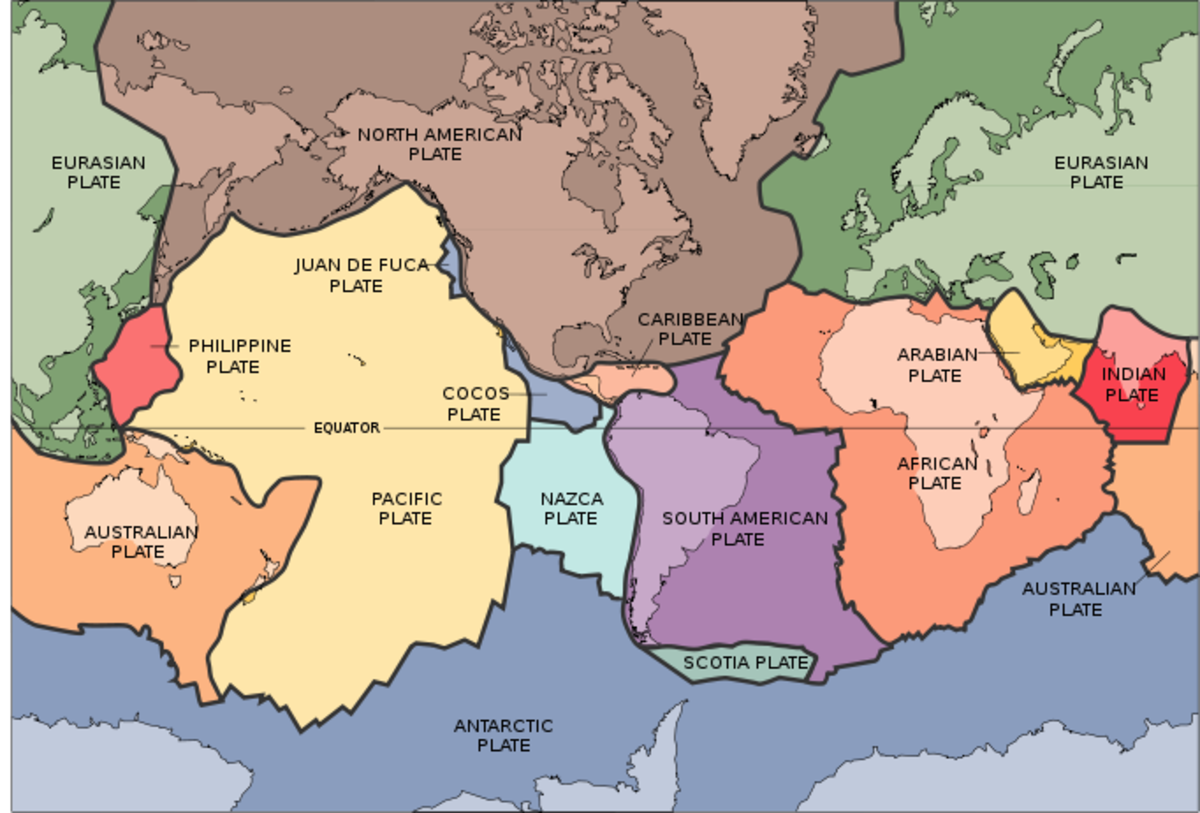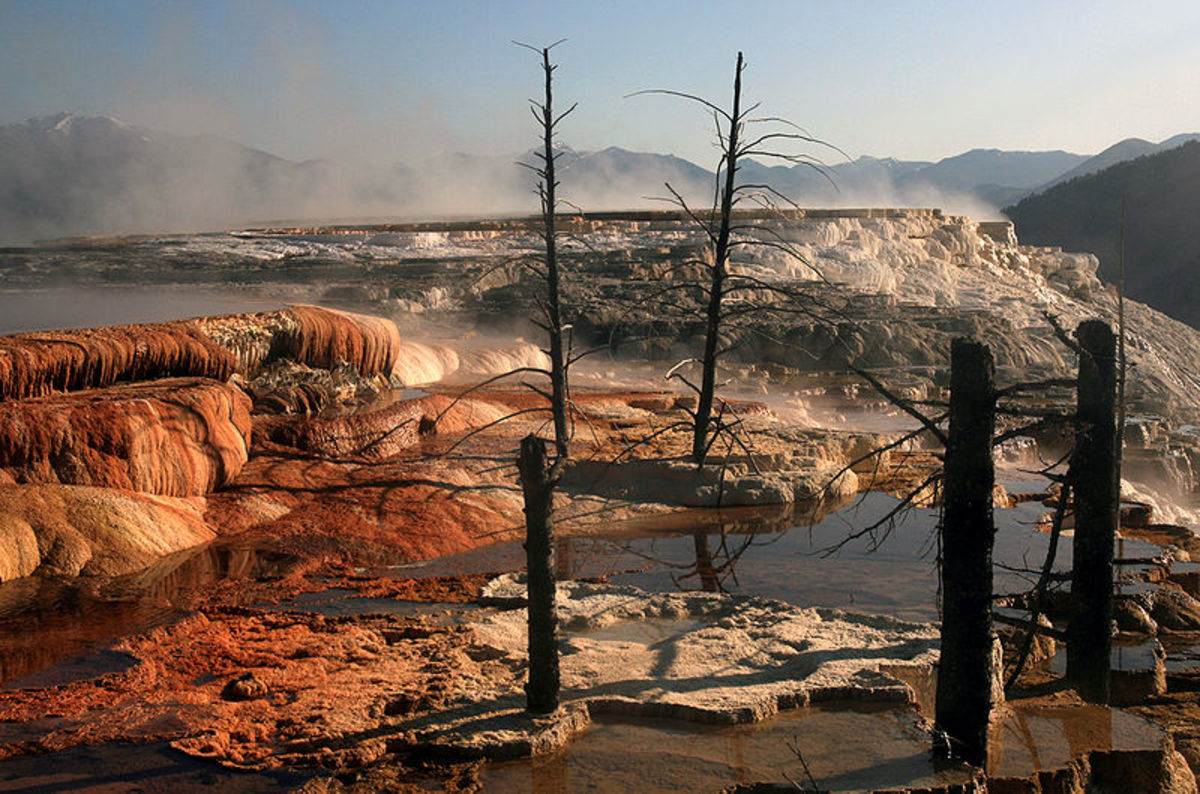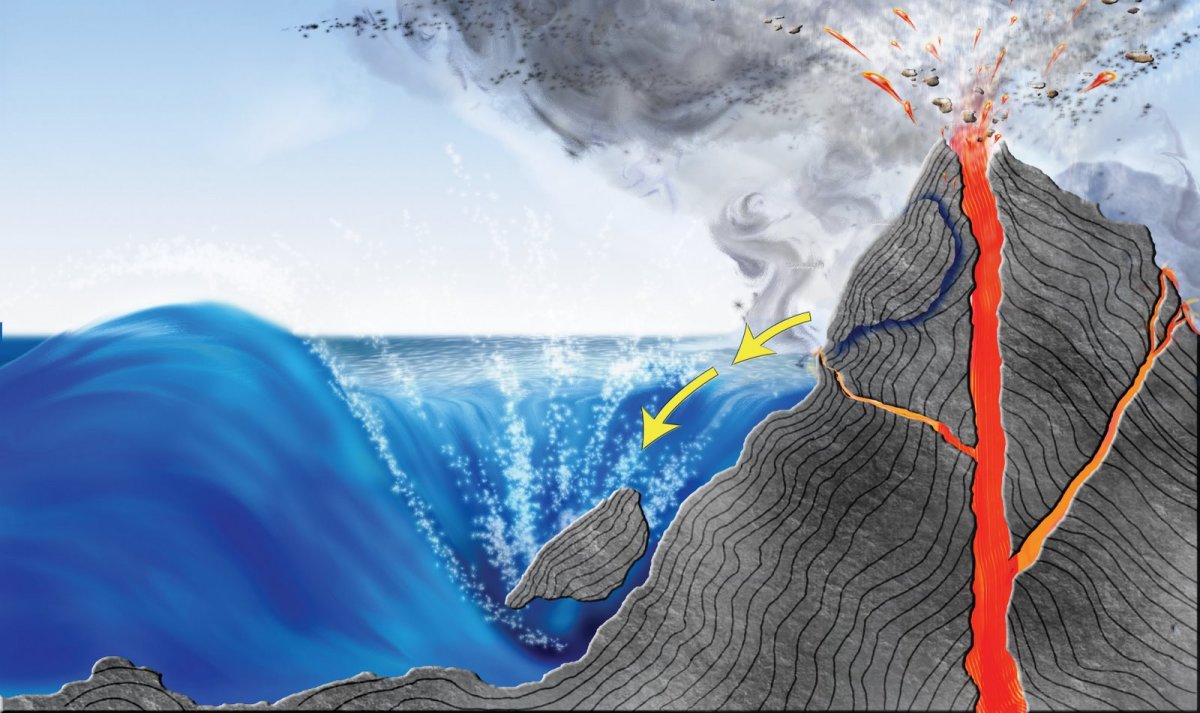A Seismic Trend to Take Seriously
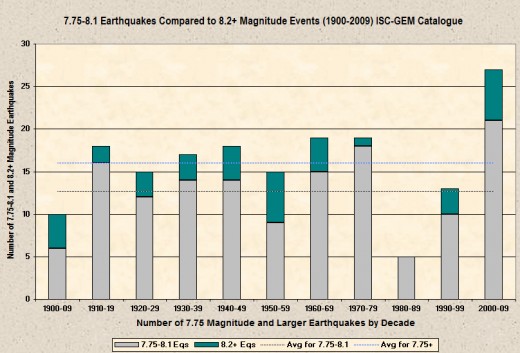
If you do a search on the internet for earthquake statistics you are likely to find a few sites that show earthquakes of 5.0 or greater increasing alarmingly over the course of the past 40 years (the USGS archive search only goes back to 1973). What seismologists will point out to anybody who asks what is up or “..is there a big increase in seismic activity going on?”; they will say that things are within normal parameters and not to worry. One thing I would point out is that as time marches on, more and more delicate detection equipment is set up around the world and thus more and more earthquakes, especially those below 6.0 magnitude are being recorded than was the case just a decade or two ago.
On the other hand, in order to dismiss such suggestions that things are heating up due to such secret government projects as HARP, some scientific minded people do a similar statistical trick to weigh things more in their favor. For example, one such mathematically minded person used earthquakes only in the 7.0-7.9 magnitude range and ignored those above it. Checking such larger quakes one will see that, over the course of the last 13 years, things have been heating up; especially in the 8.4 magnitude and higher range.
And that is what this hub is about. I wish to prove a point that it isn't bad judgement to start anticipating more alarming events than usual. Up at the top is a chart demonstrating how earthquakes have broken all records in the 7.75 magnitude or larger events category during the last decade. The table below shows the data that was used to create the chart. It hasn't ended yet though. As a matter of fact super quake activity appears to be increasing even more. During the past three years there have been 4 earthquakes of 8.2 magnitude or greater or 1.33 per year on average. The frequency during the last decade was 6 in ten years or 0.6 per year on average. In other words, significant seismic events of 7.75-8.1 AND 8.2 magnitude or greater have not only doubled during the last decade when compared to the decade just before that but, at least the largest earthquakes, seem to be doubling again based on the past 3 years of activity.
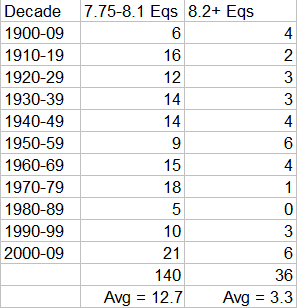
It can be seen that in the last decade the number of 8.2 magnitude or larger earthquakes were tied with the number of such quakes in the 1950s. One thing that is very different this time though is that there was also a great increase in 7.75 to 8.1 magnitude events during the last decade when in the '50s such quakes dipped in frequency.
Also, the seismic energy released during the last decade is also significantly more than in the '50s because of not only the more than double number of quakes in the 7.75-8.1 magnitude range, but also due to the more recent decade including the Sumatra quake of at least 9.0 magnitude that occurred late in 2004. As a matter of fact, if one compares the energy released in that one event, it unleashed twice as much energy as the 21 events of 7.75 to 8.1 magnitude during the same decade. If one combines the energy released from the 5 other events of 8.2 magnitude or higher (with the Sumatra quake of 9.0 magnitude) one gets at least 3.3Xs the energy as was released by the 21 quakes of 7.75 to 8.1 magnitude. Interestingly, the larger number of smaller quakes were 3.5Xs more numerous than the 8.2 magnitude or greater quakes.
Below is a demonstration of this logorithmic novelty which shows that as the magnitude increases the percentage of total energy released during a monthly period also increases vastly, even as these larger quakes become scarcer. And in the opposite direction, although there are about 100Xs more 5.0-5.4 magnitude quakes than 8.0 magnitude or greater, the energy released for those 100 quakes (on average per month) is about 1/160th as much as just one average event in the 8.0 or greater magnitude range.
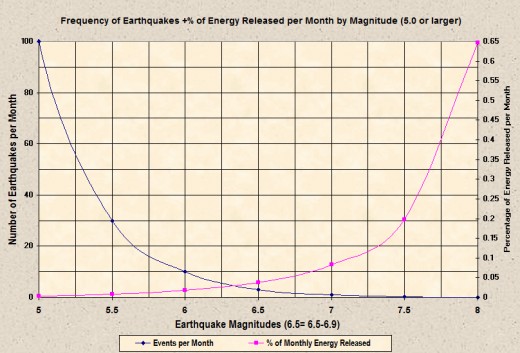
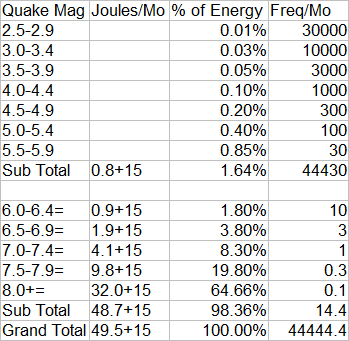
The first two images early in this hub were the result of data extracted from the recently released ISC-GEM Catalogue that spanned 110 years through 2009. The last two images were the result of information gleaned from the USGS/NEIC catalogue and was also used to produce the next image as well. In this next table we see from the yearly averages that earthquakes in the upper range of 7.75 and above have been increasing steadily since an apparent drought in the 1980-1992 period (the ISC-GEM data shows a yearly average of 0.37 for 8.2 magnitude or greater events from 1900-1969).
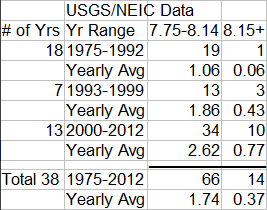
So there you have it, if one is referring to earthquakes that are few in number but are normally responsible (on average) for 70% of all seismic energy released each year, then there has been a definite increase in activity over the course of at least the last 13 years. If one looks at the last 3 years, the yearly average number of such quakes has risen 3.3Xs more than the yearly average (it was 1.6Xs more for the 10 years just prior). Although a statistician would say that there isn't enough data to claim solid results, the general trend is consistently upward and in my eyes it is something to be concerned about.
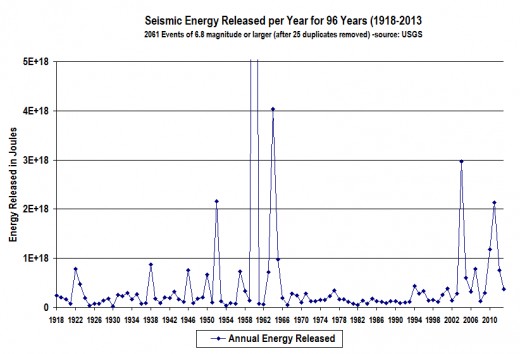
© 2013 Joseph Ritrovato



